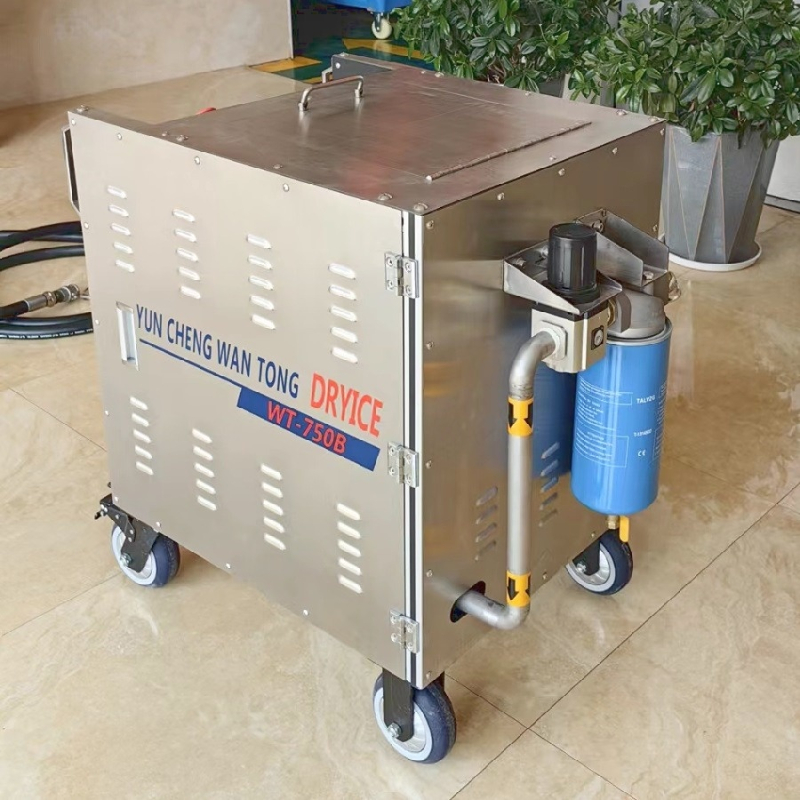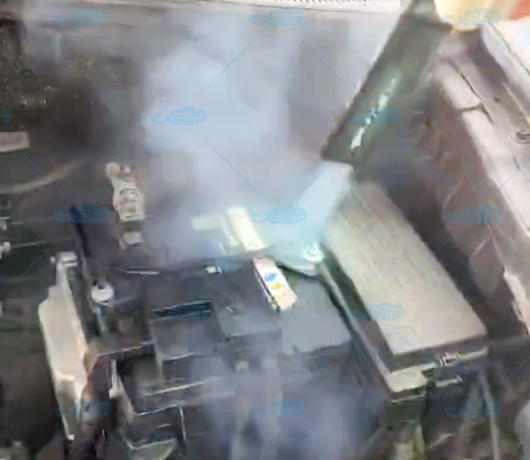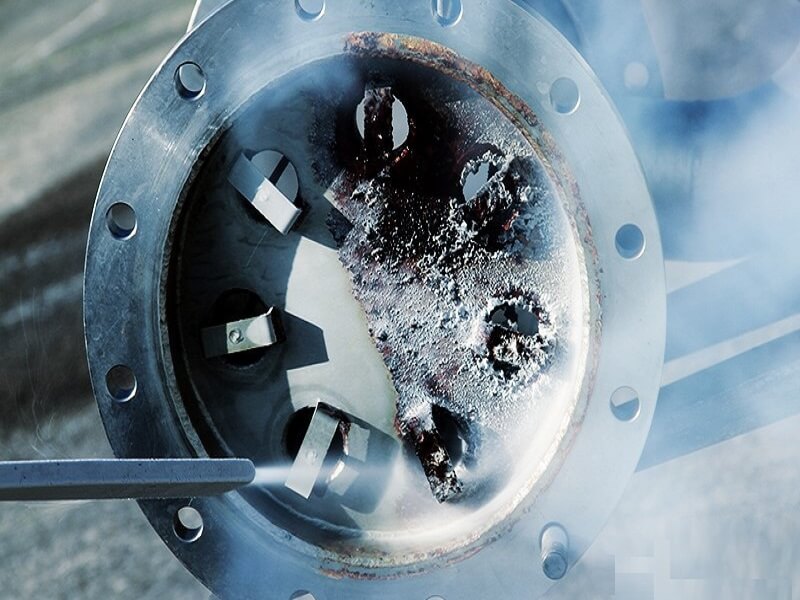The gossamer mist on the stage and the curling white smoke around the dinner plates—these dreamlike scenes all rely on the magical effect of dry ice. Behind this seemingly magical phenomenon lie rigorous scientific principles and diverse applications.
Dry ice is solid carbon dioxide. When released into a normal-temperature environment, it directly sublimes into a gaseous state. This process absorbs a large amount of heat from the surroundings, causing water vapor in the air to condense into tiny ice crystals or droplets, forming the suspended white fog. Due to its density being greater than that of air, the fog flows slowly along the ground, making it an ideal choice for creating atmospheres.
In the performing arts field, dry ice is a powerful tool for building immersive scenes. The “ice crystal fog” when Elsa casts magic in Frozen and the fog effects during the climax of concerts all create stunning visual impacts through the combination of low-temperature fog and lighting technology. Its odorless and residue-free properties also make it favored in children’s plays and magic shows, weaving safe and fantastical dreams for kids.
The catering industry has transformed dry ice fog into a unique culinary aesthetics. High-end Japanese restaurants use dry ice fog in the bottom trays when serving sashimi platters, which not only keeps the ingredients fresh at low temperatures but also gives diners a visual surprise when they lift the lids. Molecular gastronomy restaurants have taken it to the next level, creating “dual extremes of ice and fire” with liquid nitrogen ice cream paired with dry ice fog, adding more mystery to desserts amid the fairy-like mist. Even street vendors have learned to use dry ice to create selling points—smoking ice cream and “breathing” drinks, these foggy foods always attract passers-by, adding a touch of ritual to ordinary taste experiences.
In scientific research, the low-temperature properties of dry ice fog are widely applied. The -78.5℃ environment created by dry ice can effectively delay the decay of cell activity in biological samples, providing guarantees for the long-distance transportation of precious specimens. In chemical experiments, low-temperature baths made by mixing dry ice with organic solvents provide stable low-temperature conditions for reactions, helping scientists explore the changing laws of substances in extreme environments. What’s more amazing is that dry ice fog is used to simulate thick smoke in fire scenes during fire drills, which is safe and environmentally friendly while achieving realistic training effects, allowing firefighters to accumulate valuable experience before actual combat.
The charm of dry ice fog lies in its transformation of cold scientific principles into warm sensory experiences. When we marvel at the misty scenes on the stage, smile at the fairy-like food in front of the dining table, and explore the unknown with the help of low-temperature environments in laboratories, this wisp of white elf from solid carbon dioxide is connecting science and life in its unique way. It reminds us that the most mysterious magic in the world is often hidden in the simplest natural laws, waiting for humans to discover, create, and endow with new meanings through wisdom.http://www.ntpco2.com









